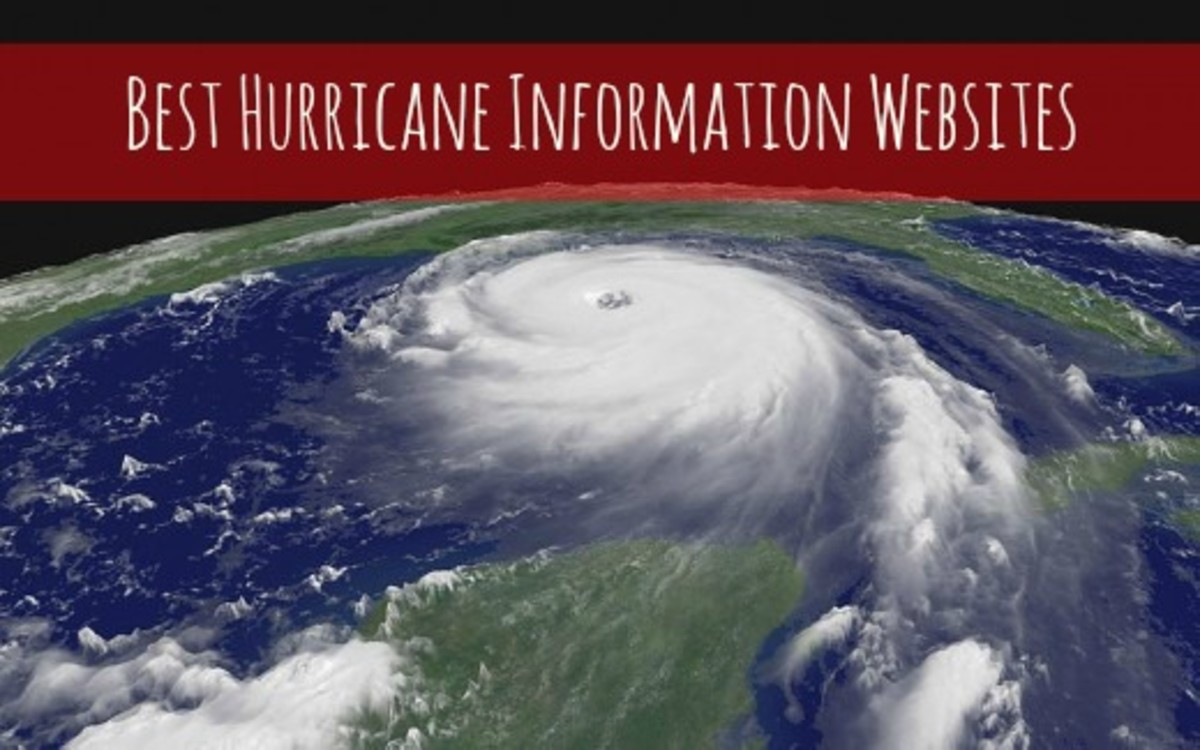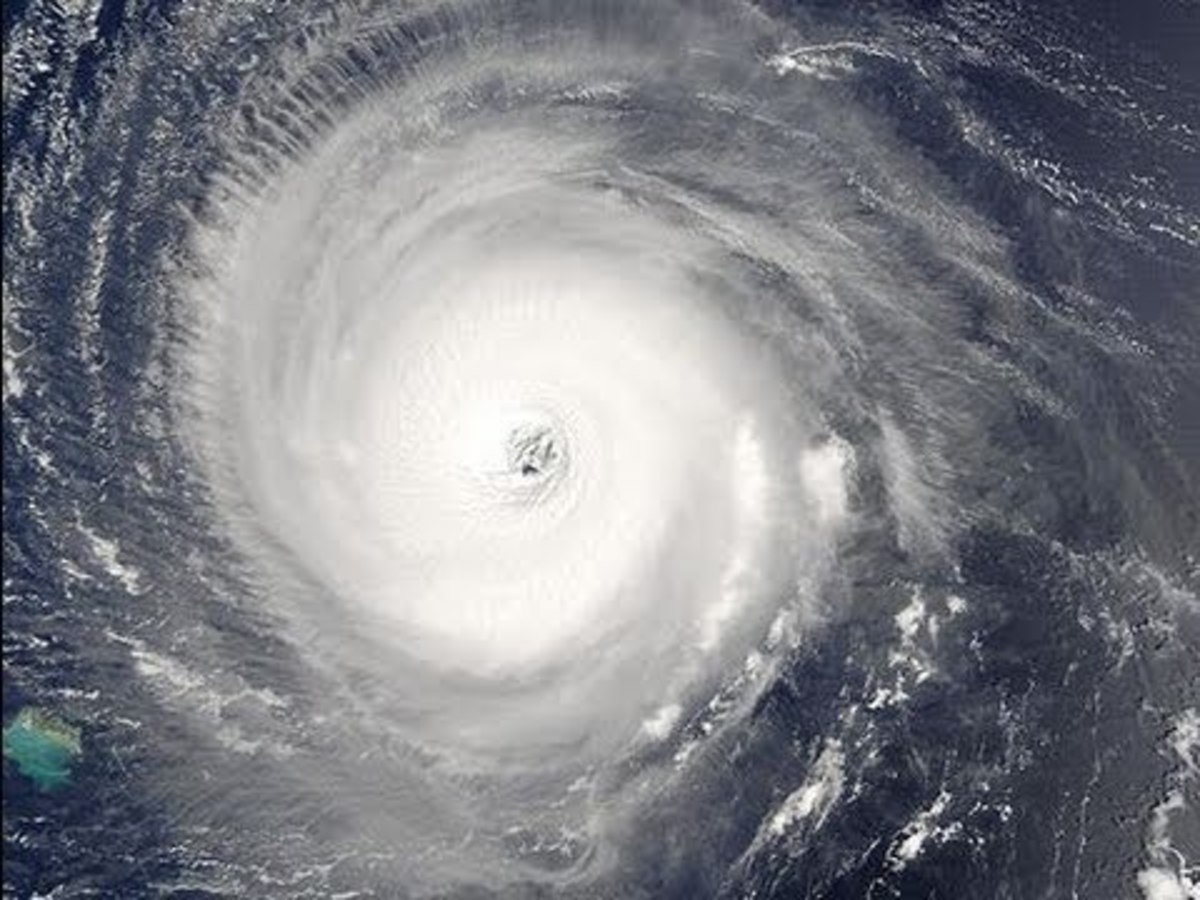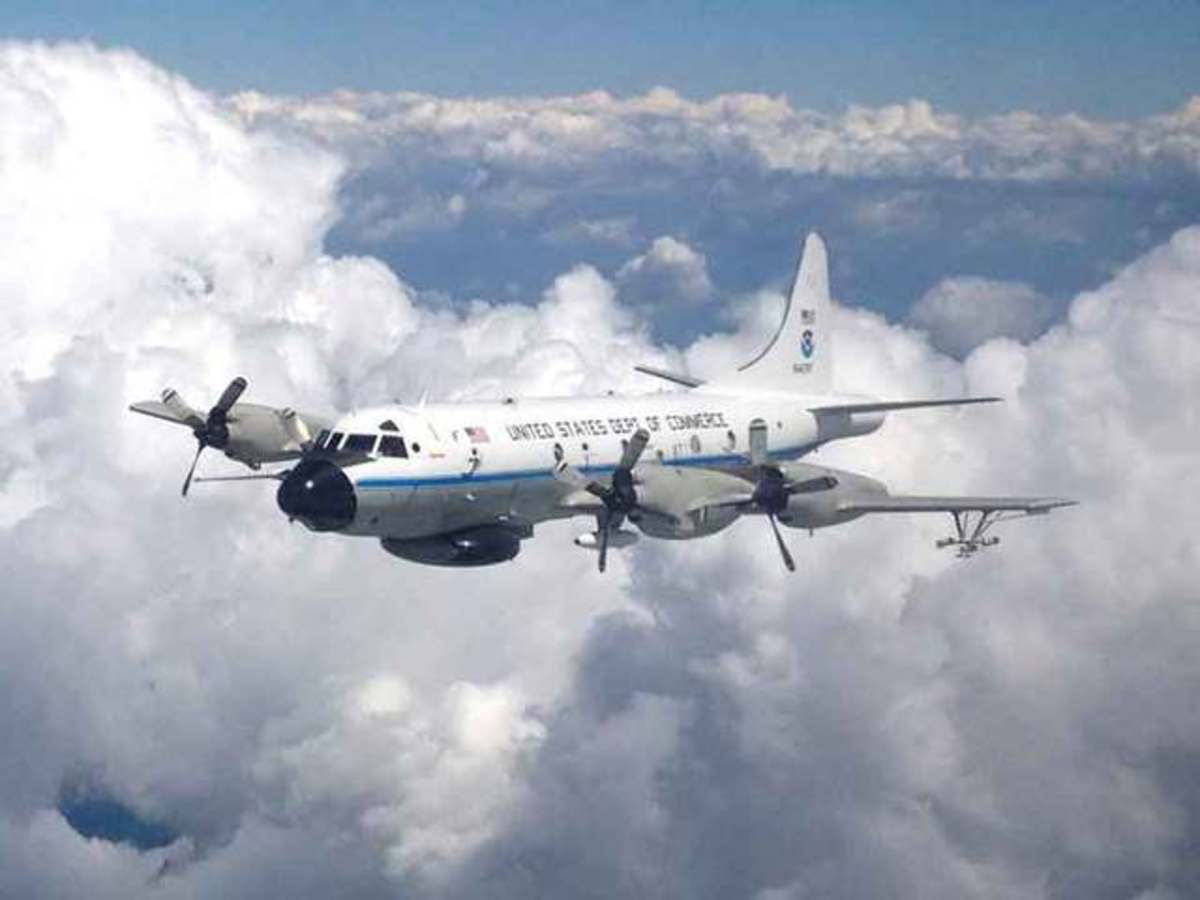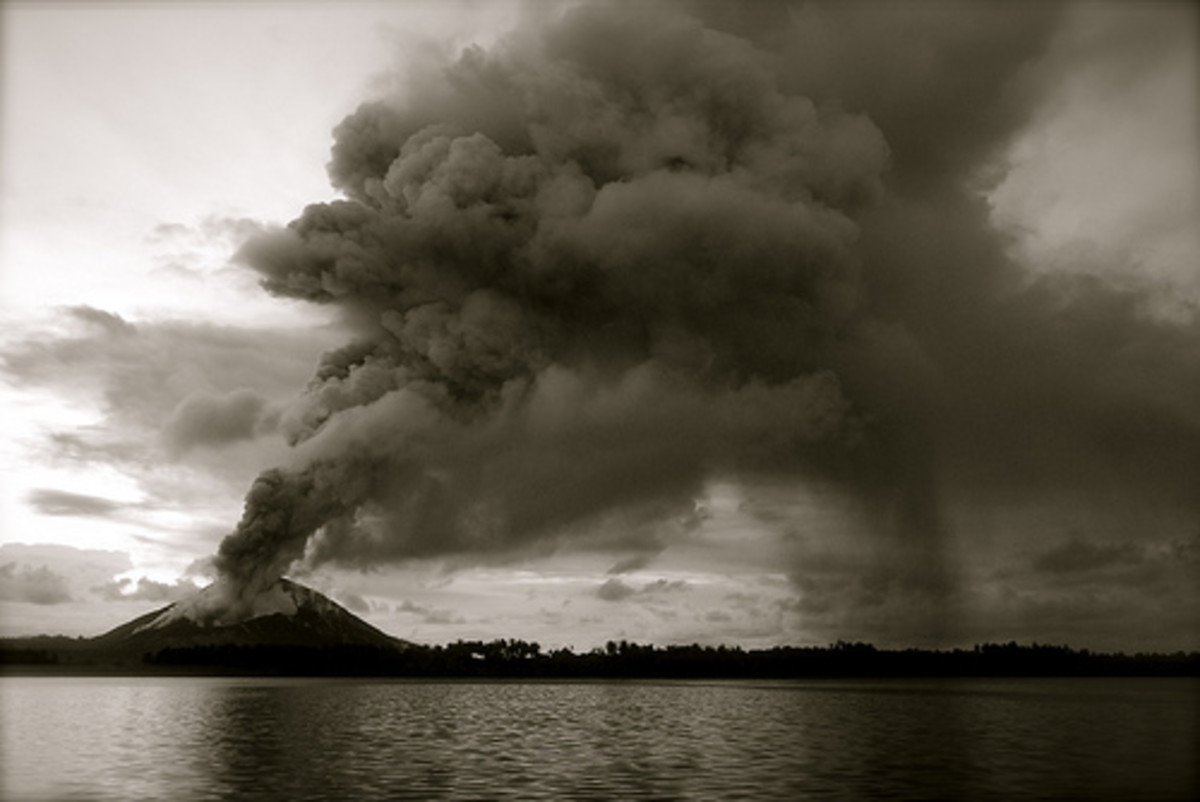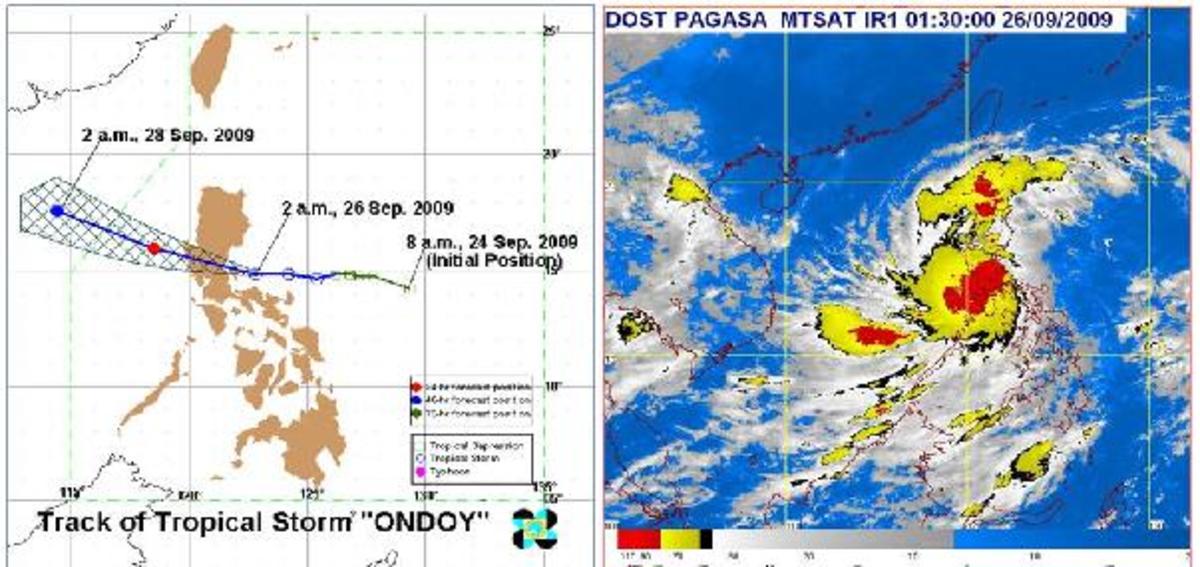Hurricane Camille: Category Five Hurricane
The storm changed course and increased to a Category Five
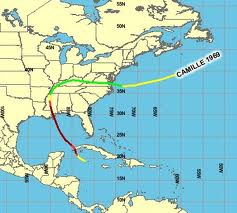
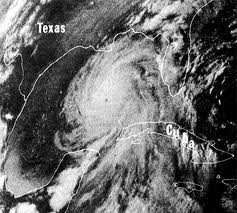
I thought I would die that night
We lost everything in 1969's Hurricane Camille along the Gulf Coast, but we felt lucky, because we lived through a storm the likes of which few people will ever see.
This is a first-person account of surviving the eye of the hurricane. which ripped off the roofing off above our heads and blew the glass out of windows.
We dug our way out of the mud where we lived, hauled our sodden furniture out to the side of the house, and kept on with our lives.
More than 250 people, however, were not as fortunate. The storm killed many (many) dozens in Mississippi, traveled north through the state and then to the east, where it poured nearly 30 inches of rain in mountainous areas (killing even more people) before heading out to the Atlantic.
For anyone who has ever been through a major hurricane, it is something you remember forever, very vividly. When other storms hit, such as Hurricane Harvey and Hurricane Irma in 2017, the memories not only surface, but the fear returns. Here is my account of the night I thought I would die.
Back Bay in Biloxi, Mississippi
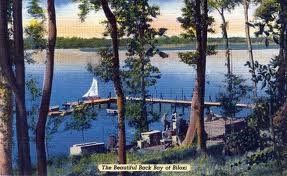
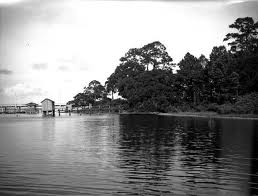
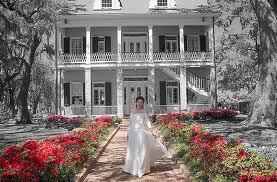
Camille hit in 1969 and was one of the strongest storms ever
Growing up in Ohio, my family had heard about hurricanes, but they were mystery storms to us, happening many miles away, near oceans or the Gulf of Mexico. There was no reason to think we would ever be exposed to such a violent act of God. However, kids get older, and they leave home.
In August of 1969, as a very young adult, I found myself living on a bluff overlooking the water of Back Bay, in Biloxi Mississippi. I was an Air Force wife, and we had just arrived there so my husband could attend technical school, fresh from our last assignment, in Spain. We had a one-year-old baby and a house full of the 'attic and basement' furniture young couples often have to furnish their first few places.
When I first saw the housing we got, I felt like we were living in a resort setting. Only a tiny parking area and a small road lay between our duplex and a beautiful, shimmering body of water. It was really quite scenic; if we looked out the windows, we could see the blue waters of the bay through the tall trees, all the more picturesque when a gentle wind would send waves rippling across the relatively calm surface of the water. We lived in one side of an old World War II housing duplex; our address was Number 3, Harrison Court.
We arrived at our new assignment in June, that summer, our furniture catching up with us in July. We didn't have much in the way of household goods, but I was glad to have my beloved piano with me again, since we hadn't been able to take it to Spain. By mid-August, we were more or less settled in.
Biloxi was little more than a sleepy military town back then. There were no casinos, and the main industry in town was Keesler Air Force Base - a major USAF training facility. It was smaller than Gulfport, which was a few miles to the west, but it had its share of history, including beautiful antebellum mansions along Highway 69, overlooking the beach, some with charming Widows' Walks on the roof, purportedly used by wives of seafarers as they anxiously awaited for their beloved husbands to return safely from their journeys across the Gulf.
I liked being in Mississippi; my dear grandparents lived about a hundred miles north of us. We varied our weekends, spending some in town, strolling along the sand on the 'beach side' of the peninsula, which faced the Gulf of Mexico, and using others to travel north to see my grandparents.
On Saturday morning, August 16th, as we tucked a change of clothes into a suitcase and packed up the portable crib we used for weekend trips, we began hearing that the hurricane brewing in the gulf for the past few days was getting stronger and would probably make landfall sometime that weekend. Hurricane Camille, as she was called, was expected to do quite a bit of damage along the Gulf Coast of Florida, but nothing more serious than wind was expected in Biloxi.
I had clipped some letters to the mailbox hanging outside of our door, and being unfamiliar with how long it took for storms to make their way to shore, the last thing I did before we left was to unclip the letters and put them on the table next to the couch. Then we closed up the house and took off for my grandparents, little realizing that nothing in Biloxi would ever been the same.
Short documentary of Hurricane Camille
The storm hit on August 17th , 1969
The rest of that Saturday was uneventful - a peaceful day spent visiting with family and eating my grandmother's amazing greens and cornbread. We retired for the night, full of good food and the sense of peace and safety you get when your stomach is full and you're surrounded by love. But when we awoke the next day, things had changed.
Sunday, August 17th, 1969: Although the weather that morning looked innocent and beautiful, we soon heard urgent news reports that Mississippi was in danger. An early morning reconnaissance flight by the Hurricane Hunters (the crew that bravely flies into storms to measure barometric pressures and wind speed) revealed Camille had the lowest pressure ever recorded up to that time by such a flight, and it was now a monster storm, with its 160mph winds pushing it into deadly Category Five status. Not only that, while we had slept, meteorologists had frantically calculated and recalculated the path of the storm. Camille was not headed to Florida after all; it was steadily churning a deadly path toward the Gulfport/Biloxi area.
As the day progressed, the news became more and more frightening. Everyone was encouraged to store water, in case power went out and supplies were unavailable. This was long before designer water in plastic bottles. My grandparents (and my husband, for that matter) scoffed at me for filling up every container I could find. There was no bathtub in the house, but I filled every possible pot, pan and pitcher to the brim. Then we monitored the news and waited.
By late afternoon and evening, Camille had winds of 190mph (it was later discovered that the devices used to measure wind velocity broke at 200mph, so Hurricane Camille's force at landfall is not known).
Clearly, Camille was slated to be a record-breaking storm. We watched the news as long as we could get a signal. As coastal areas reported landfall, we were hit by violent winds and rain. We later learned the Biloxi television station continued broadcasting as long as it could, its reporters and crew dodging the rising water and battering winds the the entire time. Soon, we lost power and we were in the dark, literally, and in terms of information.
That was the start of one of the most amazing nights I have ever experienced.
Gulf Coast area where Camille made landfall
Approximate spot where Hurricane Camille made landfall
Hurricane Camille had 190 mph winds at landfall

Hurricanes winds last for hours
Once the wind and rain hit us, it only grew worse as the hours continued. There is no way to describe every minute of the storm (we were battered from at least 8 p.m. until around 4 a.m.). Just as we would think the sound of the wind screaming could get no louder, an even bigger blast would slam into the small frame house where we huddled. I'd heard for years that hurricanes sound like trains, and I suddenly understood why.
It sounded like being in the middle of a freight yard, with huge trains tearing past you and through you on all sides. The house vibrated with the wind, shaking and slamming with each blast, and the windows began exploding on us. Over the roar, we could hear metal screeching and clanging outside of the house. We later learned it was the strips of tin roofing being ripped off the house from the force of the wind and tossed around the yard.
I put pillows around my grandparents to try to protect them from flying debris, and we took a mattress off one of the beds and my husband and I got under it with the baby, who kept trying to crawl out from under it, since the house was hot and muggy (it was August, remember?). Even as we made those provisions, I felt everything was in vain. I was certain we were dying that night; I was convinced the house would explode any minute and we would be shot into the darkness and into the violent storm.
Then, after many hours, the storm stopped. But it stopped suddenly, as if a light switch had been flipped off, not through a slow decrease in the wind. My husband thought it was over, but I wasn't as certain. He went outside to listen to the car radio, and I stood by the door, watching his face lit by the interior light in the car. Then, as quickly as the storm had stopped, it slammed into us again, with a fierceness worse than before. The car began violently rocking back and forth, and he jumped out quickly and ran into the house. We didn't realize it, but we had just been through the eye of the storm.
Camille continued to scream her way through Mississippi for several more hours, the winds finally waning a bit as she moved north and eventually turned east to head out to the Atlantic Ocean.
It was nearly 5 a.m. when we crawled out from under the mattress, too tired to do anything by flop down on its surface and fall into exhausted sleep. Somehow, the house hadn't blown up, we were all alive (at least those of us in that house were - we didn't know about the rest of the family, who lived in the surrounding community).
We had been in one of the strongest storms ever to make landfall, had unbelievably been in the eye of a hurricane, and had lived to tell about it.
The storm's destruction was incomprehensible
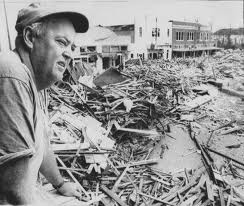
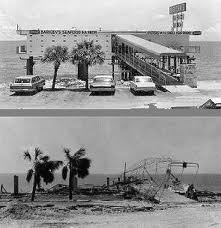
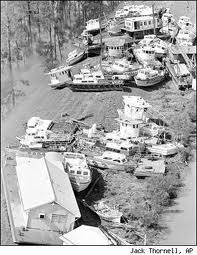
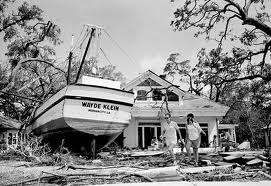
The aftermath of 1969"s deadly Hurricane Camille
We were unprepared for the sight that greeted us on Monday morning, August 18th. The entire ground was covered in fallen pine trees. We could not even get the car out of the yard, and had we gotten that far, we couldn't have traveled down the red dirt road my grandparents lived on, because it was impassable. One of my cousins walked to the house in the early hours to make certain we were alive, and as the day went by, somehow people got word to each other to let them know they had made through the storm and whether their houses were still standing.
We had to get back to Keesler AFB, so as soon as there was a path big enough to drive a car through, we headed back to Biloxi, leaving the baby with one of my cousins. There were no phones (no cell phones back then, either), there was no electricity, and the only water my grandparents had to drink was what I had gathered in pots and pans before the storm. That was all the water they had for about a week, until a kindly man in the neighborhood came by with his gas generator and, one by one, let families run their pumps long enough to fill up another supply of water.
The Gulf Coast was like a war zone. Trees were down, power lines were draped eveyrwhere, and as far as you could for a few blocks away from the beach, there was nothing but rubble. Beautiful historic homes were gone, leaving perhaps a piece of pipe sticking up from the ground where a family had once lived. The roller coaster at small amusement park on the highway that ran along the beach was a mass of twisted metal. Entire lengths of train track had been ripped up and, amazingly, twisted out of shape.
Adding to the surrealism, we saw many boats (and even a few ships, along the coast) that had been transplanted by the storm and tossed onto the land.
When we got to our little duplex, it looked like nothing had been touched. There it stood - it had a line of mud and debris about halfway up the outer walls, but it was still standing! However, we had to push open the door, because the couch had floated up against it and jammed it shut. The bed had floated around in the bedroom, and the water, which had been three or four feet deep in the house, had left mud several inches thick on the floor and a layer of mud and silt on any flat surface below the water level.
An almost comical moment was when I spotted the small stack of letters I had put on the end table. There they were, safe from the water, because the table had floated during the storm. The untouched letters looked incongruous next to the muddy shambles we found inside our duplex.
Since our house wasn't livable, we stayed with some friends we'd made just after arriving at the base. Nobody had food, by the way, and of course there were no grocery stores open, so we collected whatever food we could recover from our houses (we had cans of High-C sitting on the floor, and some frozen food that was above the water level). We combined whatever we had on hand and cooked anything that was frozen (since it would soon thaw and spoil), and we lived on it for several days, until the lack of refrigeration made it go bad and we all got sick. The only thing we had to drink was room temperature High-C.
We spent weeks weeks literally shoveling mud out of the house, then hand carrying pails of salt water water up from Back Bay and sloshing them on the floors to clean out the dirt. Then we learned there were germs in the Bay's water (from sewage spilling over, I guess), so we all had to get immunized against whatever was floating in the storm surge.
Slowly, we put our lives together again, still traumatized over being in a killer storm, but glad to be alive. We got the house clean enough to move back into it, so my husband could stay in the tech school that had been our reason for coming to Biloxi.
But I had nightmares for years afterward. While we were still in Biloxi, I would sometimes awaken at night thinking the water was rising in the room, and frightened to realize that water would have been higher than my head was while it lay on my pillow. Rainstorms and heavy wind made me nervous for many years.
Video: Before and after Hurricane Camille storm
The Hurricane Camille Memorial, and a personal memory that stands out in my mind
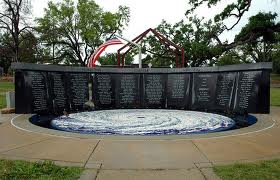
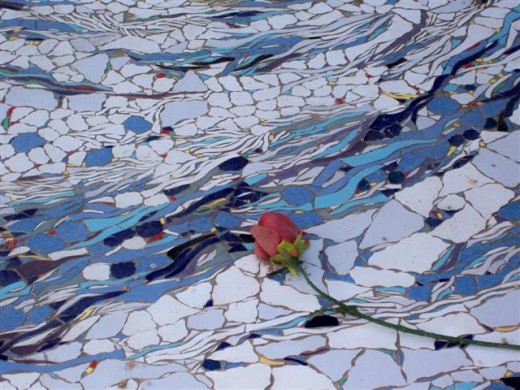
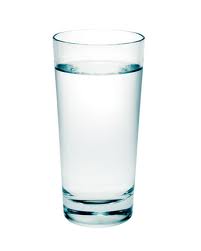
Surviving a Category 5 hurricane
I wouldn't sign up to be in another hurricane, but I have to say it was a very interesting experience, and I am glad for those things I learned from it. I learned not to take things for granted. I learned that Mother Nature is more powerful than we can ever imagine. I learned that we can survive just about anything and triumph over us, as long as it doesn't kill us in the process.
I learned how giving people can be - I remember one sweltering day as we crawled along the highway making the slow trip from our friends' house to our watery duplex, all of us pulled our cars to the side as a caravan of trucks came through, honking their horns loudly to clear the way. For as far as we could see, pickup trucks, U-hauls and moving vans were headed into our community, all loaded with mattresses and donations to help those who had lost everything during the storm. Every single one of us who saw this site cheered loudly as the trucks drove by, and many of us had tears in our eyes at the generosity.
I learned that the news media has a heart and can step up and help during bad times (not that I ever questioned that fact). We had no local papers available for several weeks after the storm, since there was no power to run the presses, and people on news staff were dealing with loss and damages of their own. To help keep this small town informed, a newspaper from another city far removed from the storm gathered the stories for us, produced newspapers and airlifted them to us every day until the local paper could operate again. Those newspapers were one of the only ways we could learn what was happening, and we tried to get a copy each day.
I learned that one of the things they don't write about when disasters hit is the stench that lingers for weeks from rotting bodies. Many houses or buildings held animals and sometimes humans that had been killed by the storm. The odor of rotting flesh is indescribable, and the thoughts that haunted us we encountered it were terrifying.
I learned that nothing material here on Earth is that important. Sure, I cried when my dear piano could only respond with sodden groans when I tried to play it; it was ruined, after sitting for hours in several feet of salt water. That was sad, but every day after the storm, I had joy when I ran into friends and acquaintances. The first thing we did during those reunions was to trade hugs and give thanks we were both alive. Most importantly, I felt blessed knowing my child was still with me, and my immediate family was intact. The famlies of 143 people along the Gulf Coast and another 153 in Virginia (which was flooded as Camille cut eastward on her way to the Atlantic) were not as fortunate as I was.
One of my strongest memories, though, is of the first visit we made to a restaurant at the base after the hurricane hit. Somehow, enough supplies had been airdropped to allow the base to open a place where we could eat. We were weary from days spent shoveling mud and moving waterlogged furniture, and emotionally drained from the storm and from going through everything we owned as we threw it out. It felt good to just sit in a chair and have someone bring us real food; a meal that was safe to eat after living on spoiled food for several days.
As I began looking at the menu (there was even a menu!), I looked up just as the waiter placed a clear glass of water before me.
Water! It had been days since I has tasted water.
"For me?" I couldn't believe it. "You mean I can have this whole glass, all to myself?" I wanted to cry. To this day, that glass of water is the most delicious thing I have ever tasted.


